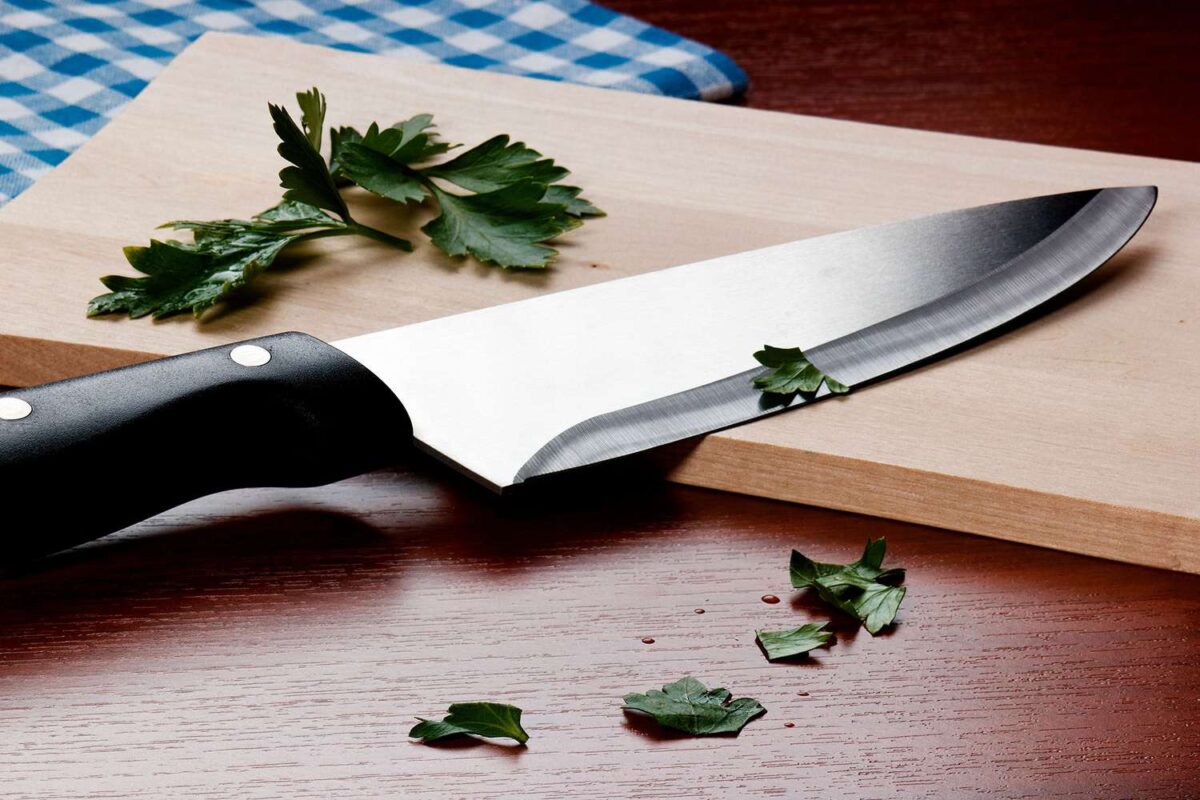
Relocating your kitchen requires special attention to dangerous items like knives, which pose risks to both your belongings and anyone handling them during the move. Whether working with an expert moving crew or handling the packing yourself, understanding proper knife packing techniques is crucial for preventing accidents and protecting your valuable cutlery. This guide will cover everything you need to know about safely transporting knives, from selecting appropriate materials to proper labeling and handling procedures that keep everyone safe throughout the moving process.
Choose the Right Packing Materials
When packing knives for a move, carefully selecting the appropriate materials is important to ensure their safety during transportation. The first step is to choose sturdy moving boxes that are not too large to prevent the knives from shifting inside. Bubble wrap or packing paper should be used to wrap each knife, ensuring they are well-protected individually. Additionally, foam pouches or knife guards can be utilized for extra cushioning. Remember to secure the packing material with tape to prevent unwrapping during transit. Label the boxes as ‘Sharp Objects’ to alert movers about the contents and handle them cautiously. By choosing the right packing materials, you can ensure your knives reach their destination unharmed.
Securely Wrap Each Knife
To ensure the safety of knives during the move, it is important to securely wrap each knife individually using appropriate packing materials. Here are the steps to securely wrap each knife:
- Use Bubble Wrap: Start by wrapping the blade and handle of each knife with bubble wrap to provide cushioning and protection against impact.
- Secure with Tape: After wrapping the knife with bubble wrap, use packing tape to secure the bubble wrap, ensuring it doesn’t unravel during transportation.
- Label Each Knife: To keep track of each knife and its corresponding parts, label the wrapped knives with their names or descriptions using a permanent marker.
Use a Sturdy Container
Choosing a sturdy container ensures the safe transport of the tightly wrapped knives during the relocation. When selecting a container, opt for a strong box that is appropriately sized to hold the knives snugly without excessive movement. A robust cardboard box or a plastic container with a secure lid works well for this purpose. Ensure the container is clean and dry before placing the knives inside. Additionally, consider reinforcing the bottom of the box with extra tape for added strength. Using a strong container minimizes the risk of the knives shifting or becoming damaged during the moving process, ultimately ensuring a safe and successful relocation of your sharp kitchen tools.
Label the Box Correctly
Properly marking the box is important for ensuring the safe handling and identification of the packed knives during the moving process. When marking the box containing knives, follow these important steps:
- Use Clear and Concise Labeling: Clearly label the box with sharp knives to alert movers and prevent accidental injuries.
- Indicate Fragility: Include ‘Handle with Care’ on the label to emphasize the need for careful handling during transportation.
- Specify Direction: Write ‘This Side Up’ to ensure the box is carried and stored correctly, reducing the risk of damage to the knives or other items packed with them.
Handle With Care During Transport
Handle the box containing knives with utmost caution during transport to prevent any accidents or damage. Ensure the box is securely sealed and placed in a stable position within the moving vehicle. Avoid stacking heavy items on the box to prevent crushing or puncturing. When carrying the box, always support the bottom to prevent it from accidentally opening or falling. Be careful when loading and unloading the box to avoid sudden movements that could dislodge the knives. If using a moving company, communicate clearly with the movers about the box’s contents to ensure they handle it with the necessary care. Taking these precautions allows you to transport your knives to their new destination safely.
Related Topics:
